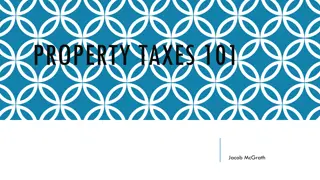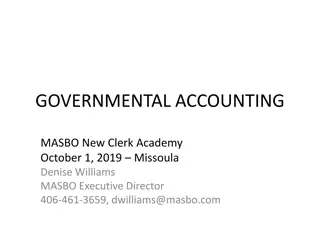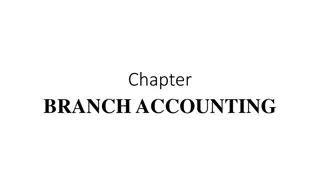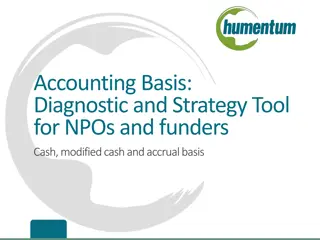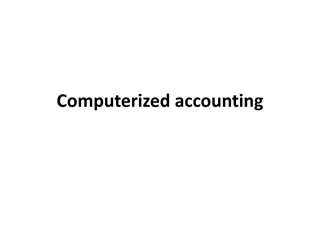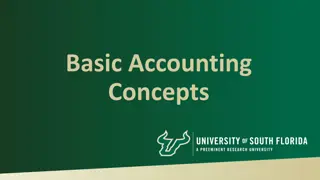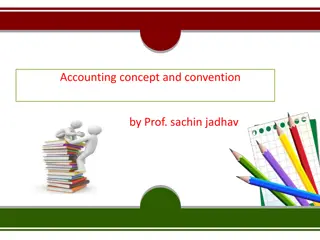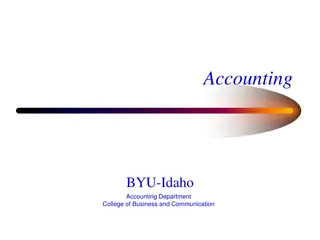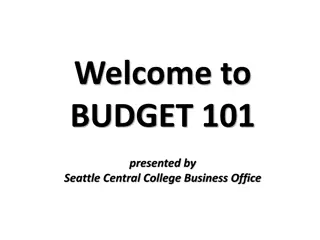Accounting Standard 10 - Property, Plant, and Equipment (AS 10)
AS 10, also known as Property, Plant, and Equipment, outlines guidelines regarding the recognition, measurement, and treatment of items like PPE, spare parts, standby equipment, and subsequent costs in accounting. It emphasizes the importance of assessing future economic benefits, cost measurement reliability, and proper classification of assets to ensure accurate financial reporting.
Download Presentation

Please find below an Image/Link to download the presentation.
The content on the website is provided AS IS for your information and personal use only. It may not be sold, licensed, or shared on other websites without obtaining consent from the author. Download presentation by click this link. If you encounter any issues during the download, it is possible that the publisher has removed the file from their server.
E N D
Presentation Transcript
AS 10: PROPERTY, PLANT AND EQUIPMENT AS 10: PROPERTY, PLANT AND EQUIPMENT
Items of PPE may also be acquired for safety or environmental reasons ( (although not directly increasing the future economic benefits of any particular existing item of PPE, may be necessary for an enterprise to obtain the future economic benefits from its other assets safety or environmental reasons
Bearer Plant: conditions) Bearer Plant: Is a plant that (satisfies all 3 conditions) (satisfies all 3
It is probable that future economic benefits associated with the item will flow to the enterprise, and It is probable that future economic benefits associated with the item will flow to the enterprise, and The cost of an item of PPE should be recognised as an asset if, and only if if: cost of an item of PPE if, and only The cost of the item can be measured reliably The cost of the item can be measured reliably
Treatment of Spare Parts, Stand by Equipment and Servicing Equipment Treatment of Spare Parts, Stand by Equipment and Servicing Equipment Case I If they meet the definition of PPE as per AS 10: Case I If they meet the definition of PPE as per AS 10: Case II meet the definition of PPE as per AS 10: Case II If they do not meet the definition of PPE as per AS 10: If they do not Such items are classified as Inventory as per AS Recognised as PPE as per AS 10
Treatment of Subsequent Costs Treatment of Subsequent Costs Cost of day servicing (repair & Maintenance) Cost of day- -to servicing (repair & Maintenance) to- -day day Replacement of Parts of PPE Replacement of Parts of PPE ( (Recognizes in the carrying amount (if the recognition criteria are met) Charged to profit and Loss A/c
Purchase Price: Purchase Price: It includes import duties and non It requires deduction of Trade discounts and rebates It includes import duties and non refundable purchase taxes. It requires deduction of Trade discounts and rebates refundable purchase taxes. Directly Attributable Costs: : Any costs directly attributable to bringing the asset to the location and condition necessary for it to be capable of operating in the manner intended by management Directly Attributable Costs Any costs directly attributable to bringing the asset to the location and condition necessary for it to be capable of operating in the manner intended by management
1. Costs of site preparation 2. Initial delivery and handling costs 3. Installation and assembly costs 4. Costs of testing whether the asset is functioning properly, after deducting the net proceeds from selling any items produced while bringing the asset to that location and condition (such as samples produced when testing equipment) 5. Professional fees Costs of site preparation Initial delivery and handling costs Installation and assembly costs Costs of testing whether the asset is functioning properly, after deducting the net proceeds from selling any items produced while bringing the asset to that location and condition (such as samples produced when testing equipment) 5. Professional fees 1. 2. 3. 4.
Costs incurred while an item capable of operating in the manner intended by management has yet to be brought into use or is operated at less than full capacity. Initial operating losses Costs of relocating or Initial operating losses, relocating or reorganising reorganising. .
Costs of opening a new facility or business (Such as, Inauguration costs) Costs of introducing a new product or service (including costs of advertising and promotional activities) Costs of conducting business in a new location or with a new class of customer (including costs of staff training) Administration and other general overhead costs
Cost of a self-constructed asset is always determined at COST Internal profits are eliminated Abnormal amounts labour, or other resources incurred in self constructing an asset is not included. Bearer plants way as self-constructed items of PPE COST nternal profits are eliminated Abnormal amounts of wasted material, not included. Bearer plants are accounted for in the same
Cost of such an item of PPE is measured at fair value unless: Exchange transaction lacks commercial substance; Or Fair value of neither the asset(s) received nor the asset(s) given up is reliably measurable Cost of such an item of PPE is measured at fair value unless: Exchange transaction lacks commercial substance; Or Fair value of neither the asset(s) received nor the asset(s) given up is reliably measurable. If the acquired item(s) is/are not measured at fair value, its/their cost is measured at the carrying amount of the asset(s) given up. If the acquired item(s) is/are not measured at fair value, its/their cost is measured at the carrying amount of the asset(s) given up.
An exchange transaction has commercial substance if:its future cash flows are expected to change as a result of the transaction.
Entity A exchanges car X with a book value of ` 13,00,000 and a fair value of ` 13,25,000 for cash of ` 15,000 and car Y which has a fair value of ` 13,10,000. The transaction lacks commercial substance as the company s cash flows are not expected to change as a result of the exchange. It is in the same position as it was before the transaction. What will be the measurement cost of the assets received
ASSET ACQUIRED ON EXCHANE OF ANOTHER ASSET FMV of Asset Given up FMV of Asset Given up FMV of Asset Acquired FMV of Asset Acquired If Fair value of neither the asset received nor the asset given up is reliably measurable. Then it is measured at the carrying amount of the asset given up. If Fair value of neither the asset received nor the asset given up is reliably measurable. Then it is measured at the carrying amount of the asset given up.
Where several items of PPE are purchased for a consolidated price, the consideration is apportioned to the various items on the basis of their respective fair values at the date of acquisition.
Measurement after Recognition Measurement after Recognition Cost model, Revaluation model
Entire class of PPE to which that asset belongs should be revalued, Examples of separate classes: Buildings, , Machinery, , Ships, , Aircraft, , Motor Vehicles Examples of separate classes: Land, Land and
Entity A owns a number of industrial buildings, such as factories and warehouses and office buildings in several capital cities. Entity A's management want to apply the revaluation model to the office buildings but continue to apply the historical cost model to the industrial buildings. State whether this is acceptable under AS 10 (Revised) or not with reasons?
Items of PPE experience significant and volatile changes in Fair value. Annualy Items of PPE with only insignificant changes in Fair value 3 to 5 years
= =Cost - - Any Accumulated Depreciation - - Any Accumulated Impairment losses
Technique 1: Technique 1: Accumulated depreciation Accumulated depreciation Gross carrying amount Gross carrying amount Adjusted to equal the difference between the gross carrying amount and the carrying amount of the asset after taking into account accumulated impairment losses Adjusted to equal the difference between the gross carrying amount and the carrying amount of the asset after taking into account accumulated impairment losses May be restated by reference to observable market data or proportionately to the change in the carrying amount May be restated by reference to observable market data or proportionately to the change in the carrying amount
PPE is revalued to 1,500 consisting of ` 2,500 Gross cost and Rs 1,000 Depreciation based on observable market data
Accumulated depreciation Is eliminated against the Gross Carrying amount of the asset
Revaluation Reserve Subsequent Time First Time Profit Loss First Revaluation (downward) First Revaluation (Upward) Los s Loss Credite d to Revalu ation Reserv e Profit Debite d to Profit & Loss A/c Profit Adjust with Revaluat ion Reserve & Balance Transfer to P & L A/c To the Extend of Earlier Written off transfer to P & L and Balance credited to Revaluation Reserve Credited to Revalua tion Reserve Debite d to Profit & Loss A/c
The revaluation surplus included in owners interests in respect of an item of PPE may be transferred to the Revenue Reserves when the asset is derecognised. Revenue Reserves when the asset is derecognised.
Treatment of Revaluation Surplus Treatment of Revaluation Surplus Option 1 Option 2 Some of the surplus may be transferred as the asset is used by an enterprise Some of the surplus may be transferred as the asset is used by an enterprise whole surplus is transferred whole surplus is transferred ONLY When the asset Or Disposed of ONLY When the asset is:Retired Or Disposed of In such a case, the amount of the surplus transferred would be: Depreciation (based on Revalued Carrying amount) (based on Original Cost) In such a case, the amount of the surplus transferred would be: Depreciation (based on Revalued Carrying amount) Depreciation (based on Original Cost) is:Retired; ; Depreciation
Transfer an amount equal to the excess depreciation (difference between new depreciation and old depreciation) from the revaluation surplus to Revenue Reserve Transfer an amount equal to the excess depreciation (difference between new depreciation and old depreciation) from the revaluation surplus to Revenue Reserve
Depreciation charge for each period should be recognised in the Statement of Profit and Loss unless it is included in the carrying amount of another asset. AS 2: manufacturing plant and equipment is included in the costs of conversion of inventories as per AS 2. AS 2: Depreciation of
Depreciable amount = Cost- Residual value Residual value and the useful life of an asset should be reviewed at least at each financial year differ from previous estimates, the change(s) should be accounted for as a change in an accounting estimate at least at each financial year- -end end and, if expectations change in an accounting estimate
Depreciation of an asset begins when it is available for use available for use
Each part of an item of PPE with a cost that is significant in relation to the total cost ofthe item should be depreciated separately. Example : separately the airframe and engines ofan aircraft, whether owned or subject to a finance lease. Example : It may be appropriate to depreciate
Is Grouping of Components possible? Yes. A significant part of an item of PPE may have a useful life and a depreciation method that are the same as the useful life and the depreciation method of another significant part of that same item. Such parts may be grouped in determining the depreciation charge. Yes.
Entity A has a policy of not providing for depreciation on PPE capitalised in the year until the following year, but provides for a full year's depreciation in the year of disposal of an asset. Is this acceptable?
: : A depreciation method that is based on revenue that is generated by an activity that includes the use of an asset is not appropriate.
Entity B manufactures industrial chemicals and uses blending machines in the production process. The output of the blending machines is consistent from year to year and they can be used for different products. However, maintenance costs increase from year to year and a new generation of machines with significant improvements over existing machines is available every 5 years. Suggest the depreciation method to the management
when assets residual value exceeds its carrying amount when asset s residual value exceeds its carrying amount The date that the asset is retired from active use and is held for disposal, and The date that the asset is retired from active use and is held for disposal, and The date that the asset is derecognised The date that the asset is derecognised
Therefore, depreciation does not cease when the asset becomes idle or is retired from active use (but not held for disposal) unless the asset is fully depreciated
Land and buildings are separable assets and are accounted for separately, even when they are acquired together even when they are acquired together Land: depreciated Land: Land has an unlimited useful life and therefore is not Buildings: are depreciable assets Buildings: Buildings have a limited useful life and therefore




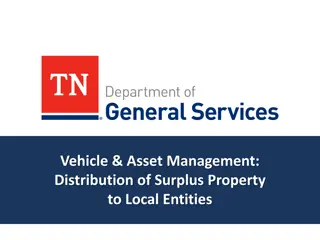






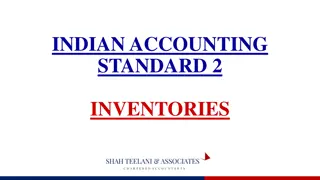
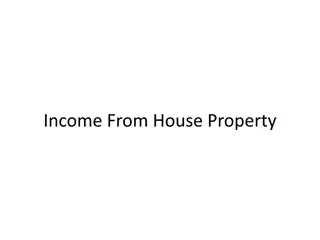
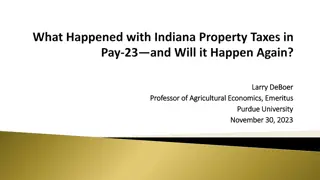

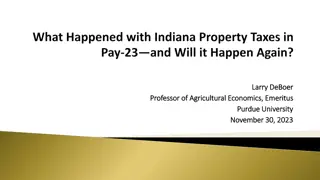










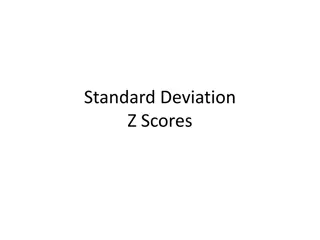
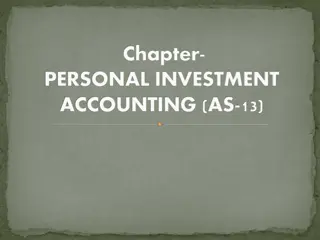
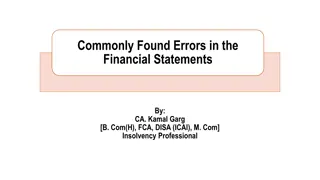
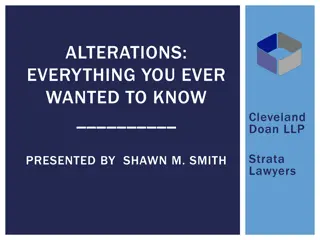
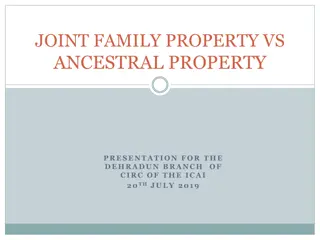
![Property Settlements in Family Law: Case Study of Stamatou & Stamatou [2022] FedCFamC1F 241](/thumb/63303/property-settlements-in-family-law-case-study-of-stamatou-stamatou-2022-fedcfamc1f-241.jpg)

